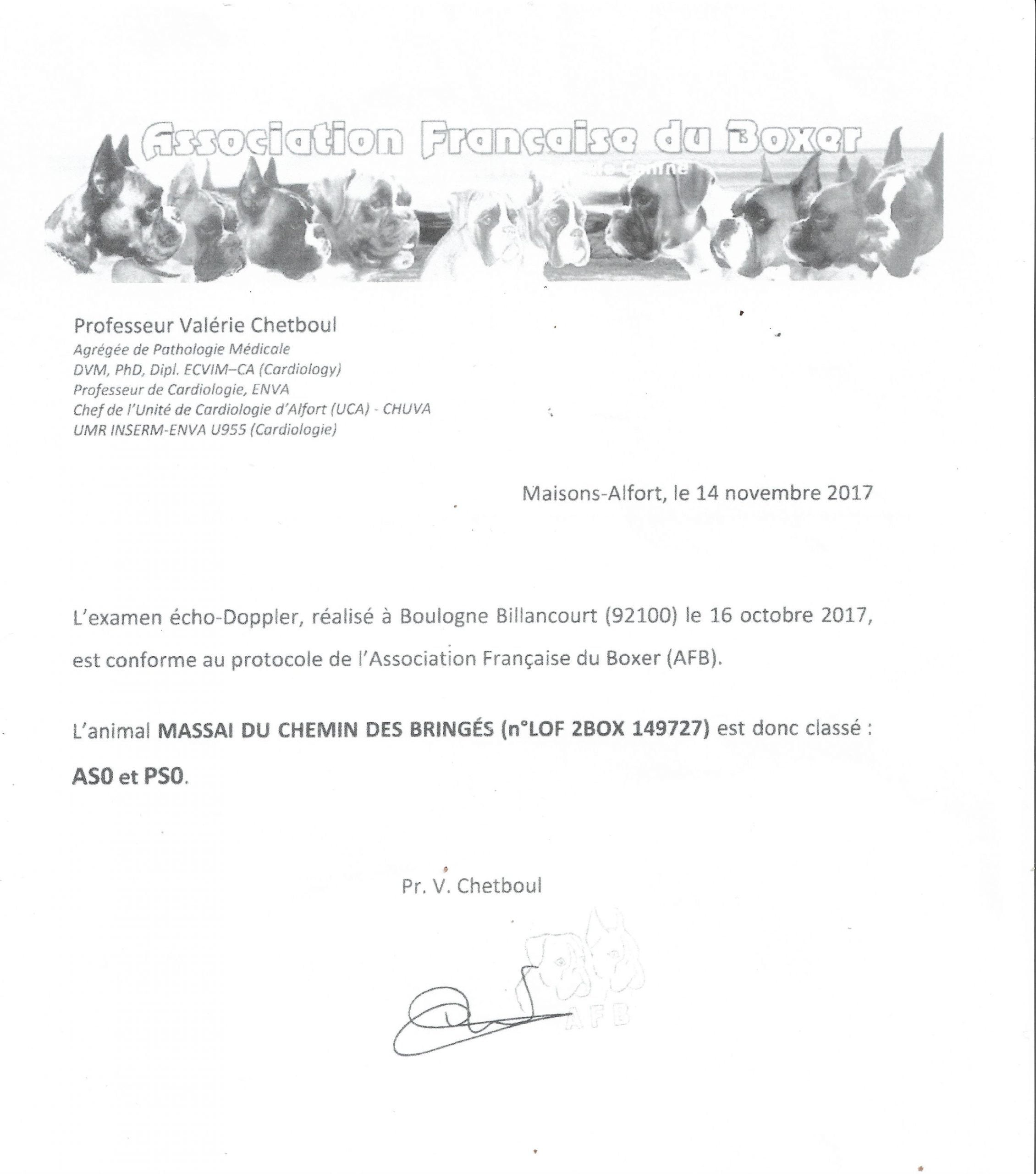Screening tests for Boxers
In this section I’m going to explain the various tests carried out by boxer breeders, which you can of course do yourself.
You should check these parameters before choosing your puppy from the breeder.

Hip dysplasia
As with all large and medium-sized dogs, coxofemoral dysplasia is a recurrent problem. In LOF boxers, most breeders have their dogs screened before breeding, by X-ray under general anaesthetic.
The dog should be placed on its stomach, with the hind legs positioned in line with the body, stretching them out and ensuring that they are parallel. The pelvis should be positioned symmetrically. Once the shots have been taken, you must send them to the breed club's official reader, Mr Goyenvalle.
There are 2 ways of doing this:
Send the silver x-ray,
Your vet sends the radiograph via the website https://www.myvetsxl.com -In all cases, you must send the payment and the documents relating to the request for screening. The fee for a reading of the dysplasia radiograph is :
44 €.
Once all this has been done, you must wait for the x-ray and the results to be returned.

Aortic and pulmonary stenosis
About ten years ago, boxers (even LOF) were prone to heart murmurs, ranging from simple physiological murmurs to severe heart murmurs.
The boxer was at the top of the top 10 dog breeds with heart problems.Thanks to the work of breeders and the systematic screening of boxers, this is now a thing of the past... Despite this, we must remain vigilant and continue to systematically screen all boxers intended for reproduction.Screening is carried out using a detailed ultrasound doppler, without anaesthetic and painless for the dog, who just needs to remain calm in an upright position.
As with dysplasia, the test should be sent to the breed club's official reader, Professor Valérie CHETBOUL.
Don't forget to pay €51 for the reading and the documents requested by the breed club.

Spondylosis
This is osteoarthritis of the vertebral joints. An inflammation that will gradually lead to ankylosing spondylitis (stiffness of the spine).It often affects large-breed dogs. Boxers have a genetic predisposition. The preferred site is the lumbar vertebrae, sometimes the thoracic vertebrae. The lumbosacral joint is also sometimes affected. Bony outgrowths form at the ends of the vertebrae, forming the famous ‘parrot beaks’ and eventually forming a bridge by connecting to each other, gradually making the spine fixed.

Renal dysplasia
Renal dysplasia is a ‘new’ disease in the boxer.We don't know much about it at the moment, we just know that it affects very young dogs, even puppies, and that unfortunately they rarely reach 3 years of age.
*Page translated by DeepL
